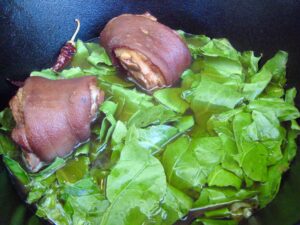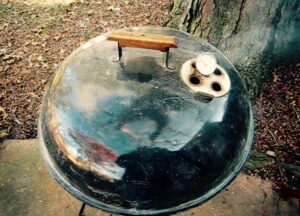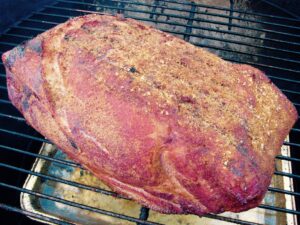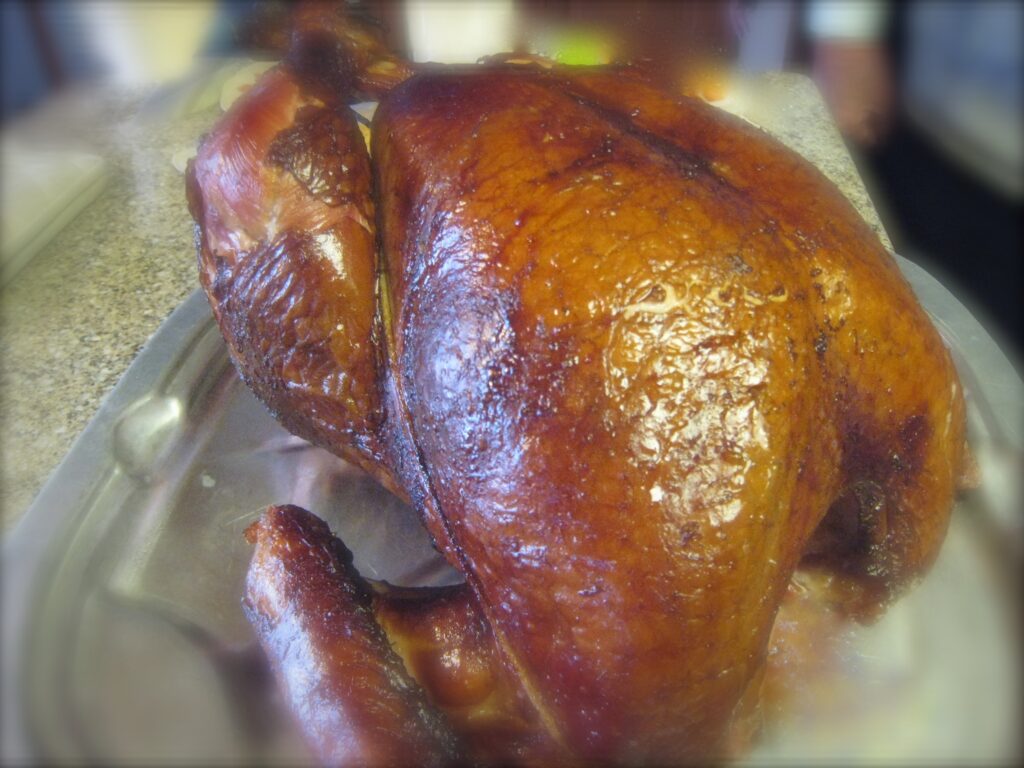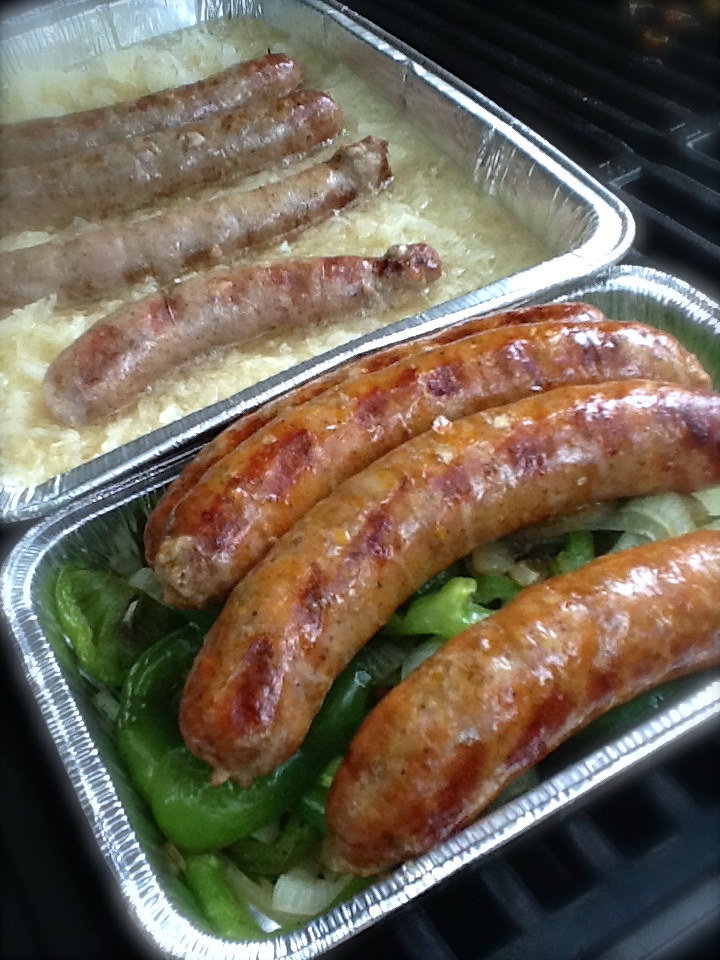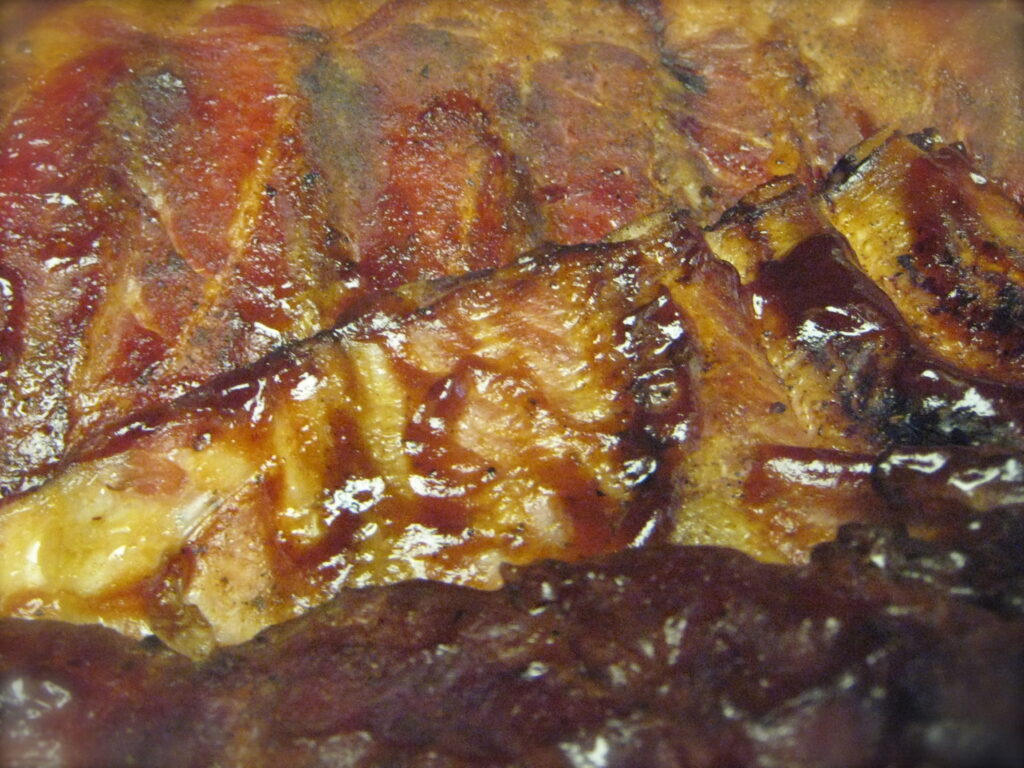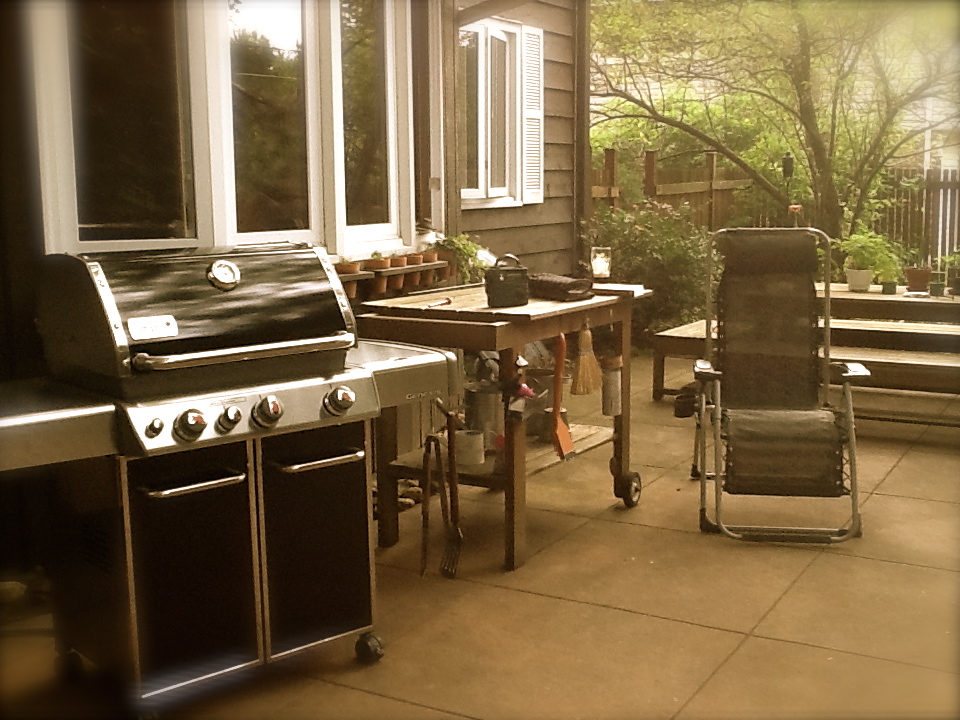A New Tradition for a New Year
For decades now, I’ve cooked a mess of beans on New Year’s Day. It’s an old tradition, meant to signify good luck and prosperity in the year to come. We generally have a ham bone left from Christmas Dinner to help season the pot, and nothing could be much easier to prepare.
This year, Claudia asked if we could have split pea soup instead. I bristled a little at the suggestion at first, because I’m sort of obsessive about “traditions.” But she asks for so little, that I figured it was the least I could do to accommodate.
There really isn’t a “recipe” for this dish. I just sautéed some onions, diced up a couple of carrots and threw them into a crock pot with the dried peas, the ham bone, a quart of veggie stock, a quart of water, paprika, salt and pepper. About five hours later, it was ready.
I also baked a peasant boule to serve with the soup, and we had some of the leftover ham slices and some Swiss cheese on the side as well. It was the perfect, hearty but simple meal to begin a new year, and we agreed that it should become our own family tradition in place of the beans and cornbread from here on.
Here’s to health, happiness and all good things in 2019!
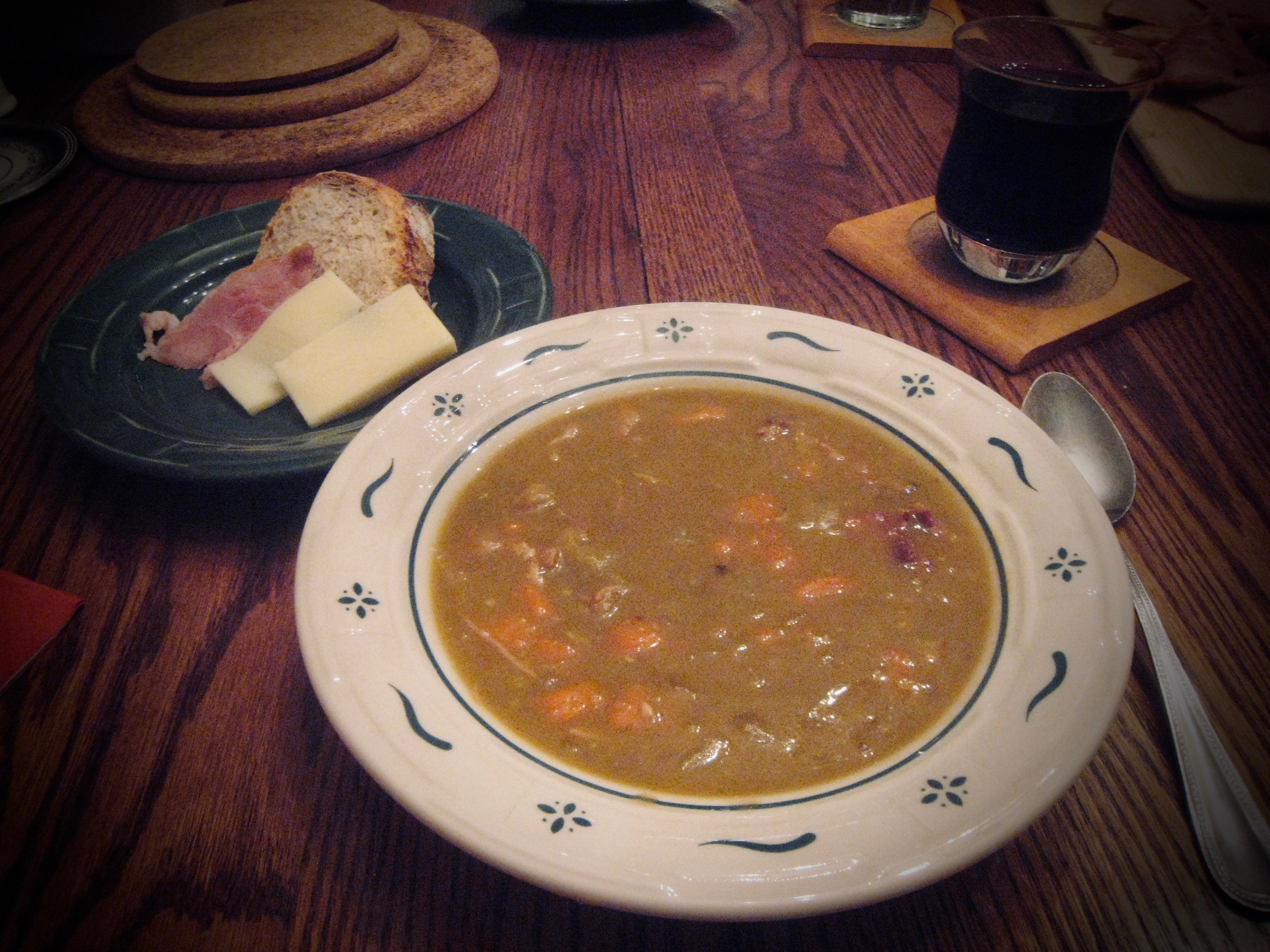
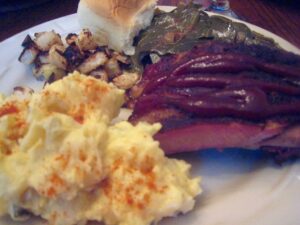 For Fathers Day this year I did another long cook. Our Jewel store had St. Louis Cut Spareribs on sale two racks for the price of one, so
For Fathers Day this year I did another long cook. Our Jewel store had St. Louis Cut Spareribs on sale two racks for the price of one, so 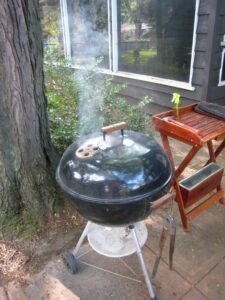 There’s something magical and Zen-like about a long cook. The smell of the smoke and the sight of it wafting over the patio is an experience unto itself. It’s satisfying to know that you’ve acquired the skill necessary to maintain an even temperature over several hours of cooking, and the other fairly specific skills needed to turn out a perfect plate of ribs. The pace of the cook affords time for relaxation and proper anticipation of the delicious meal to come.
There’s something magical and Zen-like about a long cook. The smell of the smoke and the sight of it wafting over the patio is an experience unto itself. It’s satisfying to know that you’ve acquired the skill necessary to maintain an even temperature over several hours of cooking, and the other fairly specific skills needed to turn out a perfect plate of ribs. The pace of the cook affords time for relaxation and proper anticipation of the delicious meal to come.